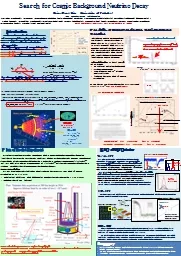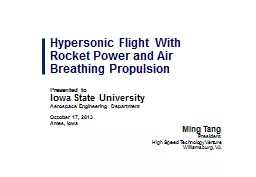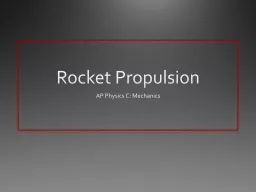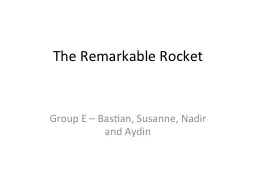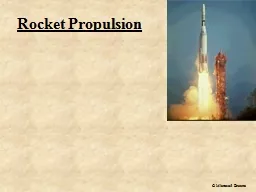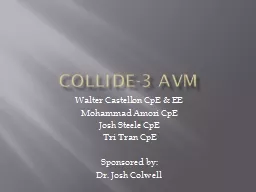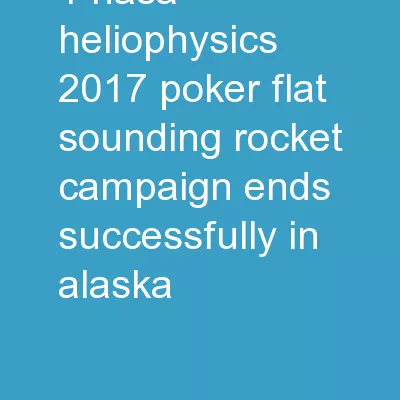PPT-Plan of Rocket Experiment
Author : jane-oiler | Published Date : 2019-06-22
RampD of STJ Detector We also looked at the response of Nb AlSTJ 4μm 2 to the visible light 456nm at 19K and found that a single photon peak is separated
Presentation Embed Code
Download Presentation
Download Presentation The PPT/PDF document "Plan of Rocket Experiment" is the property of its rightful owner. Permission is granted to download and print the materials on this website for personal, non-commercial use only, and to display it on your personal computer provided you do not modify the materials and that you retain all copyright notices contained in the materials. By downloading content from our website, you accept the terms of this agreement.
Plan of Rocket Experiment: Transcript
Download Rules Of Document
"Plan of Rocket Experiment"The content belongs to its owner. You may download and print it for personal use, without modification, and keep all copyright notices. By downloading, you agree to these terms.
Related Documents

